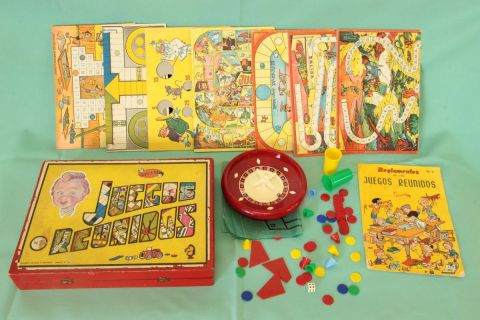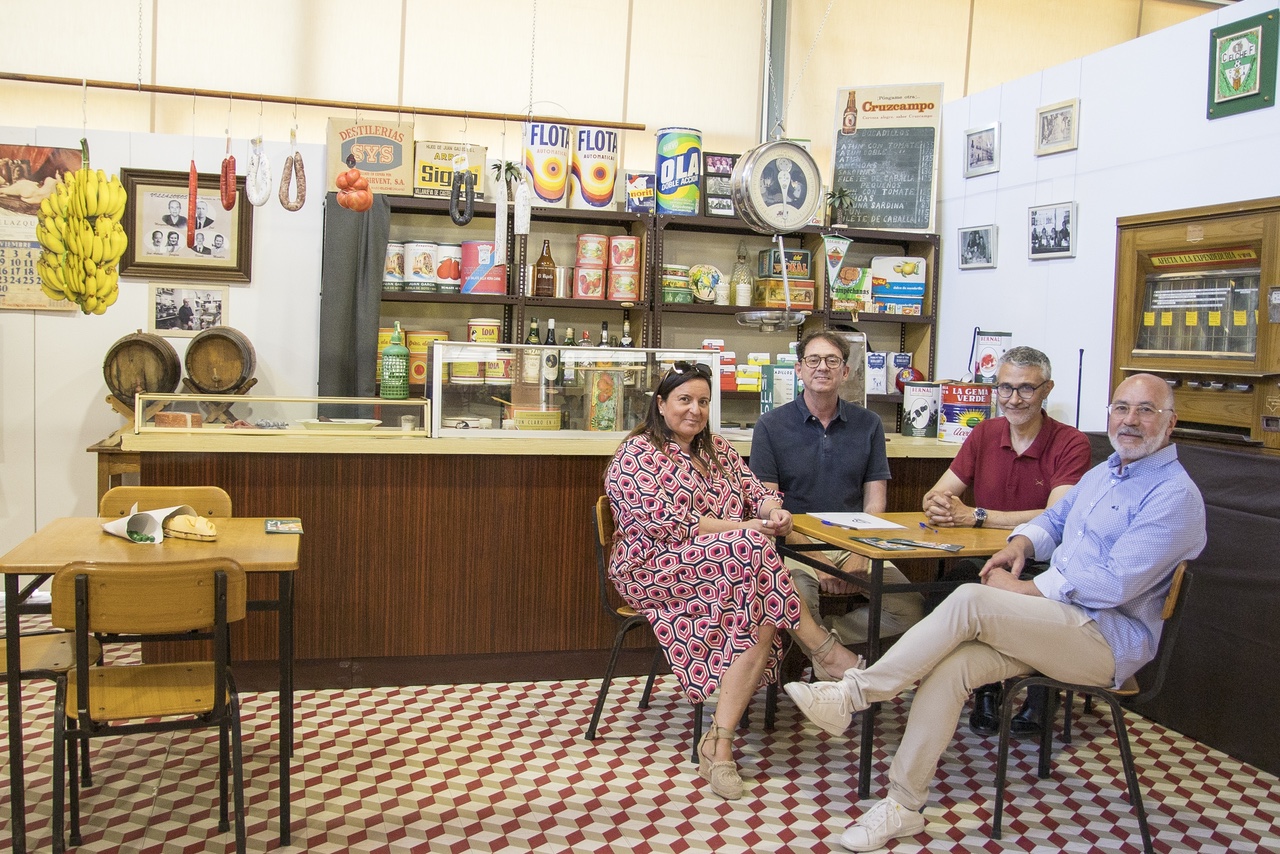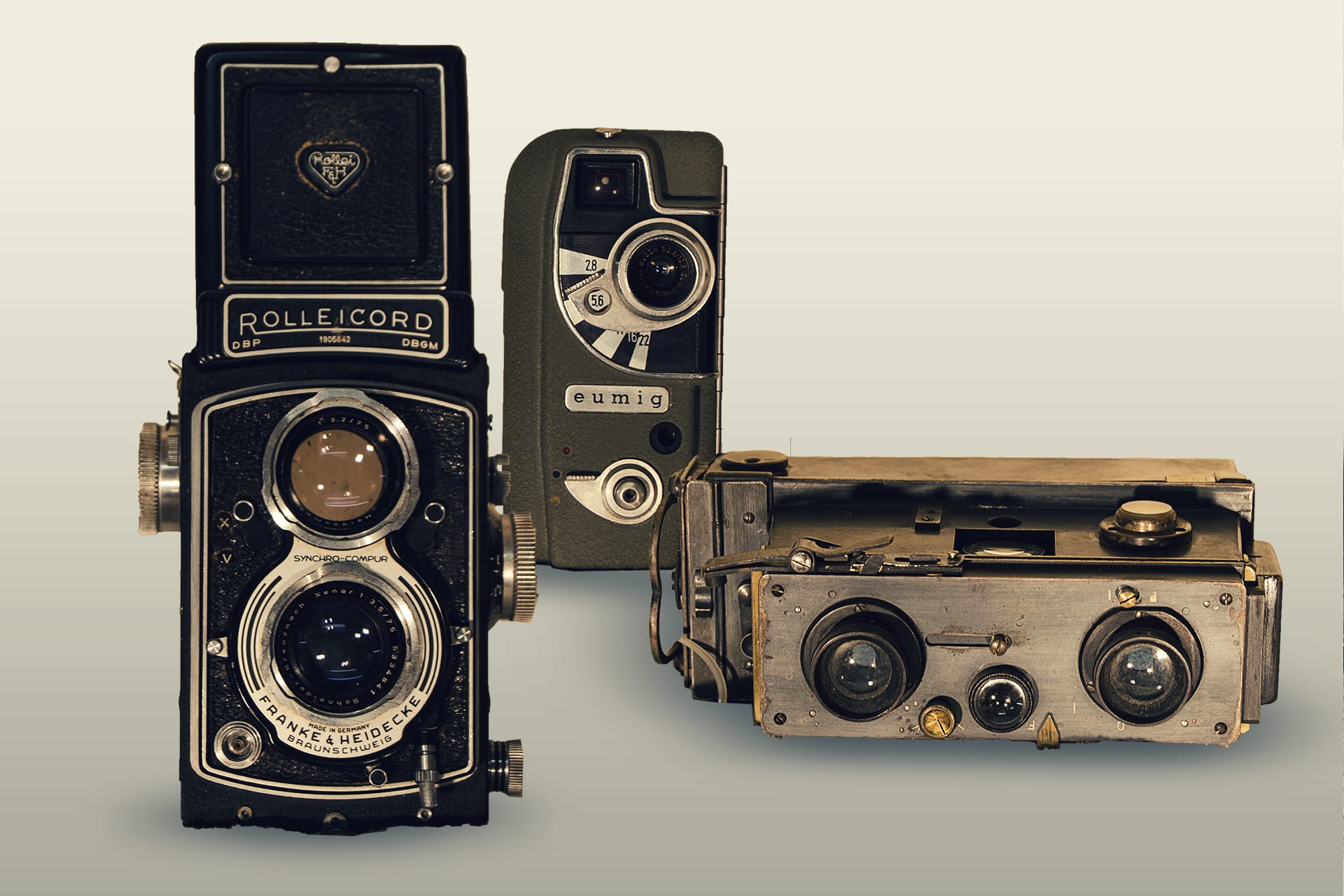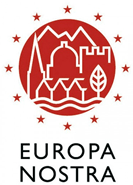
Alternative leisure
16-06-2020
In recent years, in which the leisure offer is increasing, table games have positioned themselves as an alternative not only for the smallest/ ace/ house, but for many groups of friends/ as or couples who prefer an evening of chips, cards or dice before any other plan.
In the 20th century a board game for adults was considered unsuitable for children/aces, due to the difficulty of their mechanics or advanced knowledge. The recent rating of some board games as exclusively aimed at an adult audience, is because they include episodes of violence or sex not suitable for a child audience. This narrative approach was unknown or little exploited in the sector.
The first board games go back to the first civilizations, such as the Senet, developed in ancient Egypt, passing through the evolution of Chess and reaching until the sixteenth century with the first signs of games that enjoy greater popularity today, like the Goose Game.
It is in the twentieth century when trade takes off and, therefore, the development of new board games for those people who could afford their purchase. The first are versions of popular or traditional board games. In Spain, at the beginning of the 20th century, games such as the Game of the Goose, Checkers or Chess were marketed. But others also appeared, such as the White Horse or the Customs, this already existing in the decade of the thirties and that included the republican flag in the illustration of the box. Both sets were presented in a wooden or cardboard box, depending on the version, and some components of the same materials. The game consisted of bidding to get certain cards: two different dice were thrown, some numerical and others with figures, which indicate the subsequent actions of the/as players/as, namely, pay for such a card or get a profit by owning it.
The famous Reunited Games of the Valencian house Geyper, whose appearance around the fifties, gathered a large selection of table games in the same box, such as Tres en Raya, Parcheesi or Roulette, among others. There were many versions, the larger version contained about 65 games. Basic versions were also sold, the price of which was more affordable (the smallest gathering 10 games). Unlike the board games mentioned above, the Reunited Games already included plastic in their components. This product achieved its sales success around the seventies, due to its variety of games, suitable for the whole family.
The introduction of television in Spanish homes was consolidated in the 1970s. With the small screen superimposing the cinema as a support, the home became a new leisure space. This twist will evolve to the present day, when the entertainment industries have managed to win over an audience that seeks recreation within four walls.
<<We don’t stop playing because we get old, we get old because we stop playing>> Benjamin Franklin
Author: Borja Guilló, technician of the School Museum.












